Mastering breathing exercises for competitive darts is crucial for peak performance. This article will show you exactly how proper breathing techniques can improve your focus, accuracy, and overall game, helping you achieve your darting goals. We’ll explore various breathing exercises, discuss their benefits, and offer practical tips for incorporating them into your training routine.
⚠️ Still Using Pen & Paper (or a Chalkboard)?! ⚠️
Step into the future! The Dart Counter App handles all the scoring, suggests checkouts, and tracks your stats automatically. It's easier than you think!
Try the Smart Dart Counter App FREE!Ready for an upgrade? Click above!
Breathing is often overlooked in the pursuit of darting excellence, yet it’s a foundational element that significantly impacts your ability to perform under pressure. Many competitive players find that the difference between a winning throw and a missed shot can boil down to controlled breathing and mental composure. This is why understanding and mastering breathing exercises for competitive darts is so important.
To reach your full potential, you need to improve your focus, concentration, and control. Proper breathing techniques help achieve all three, allowing you to perform at your best when it matters most. In addition to learning various techniques, we’ll also discuss how to integrate these exercises into your pre-game routines and daily life.
Breathing Exercises for Competitive Darts: Techniques for Peak Performance
Let’s delve into specific breathing exercises that are particularly beneficial for darts players. These exercises are designed to calm your nerves, sharpen your focus, and improve your consistency on the oche. Remember, consistent practice is key to mastering these techniques. You’ll find it helps you stay in the zone and maintain your mental sharpness throughout even the longest matches.
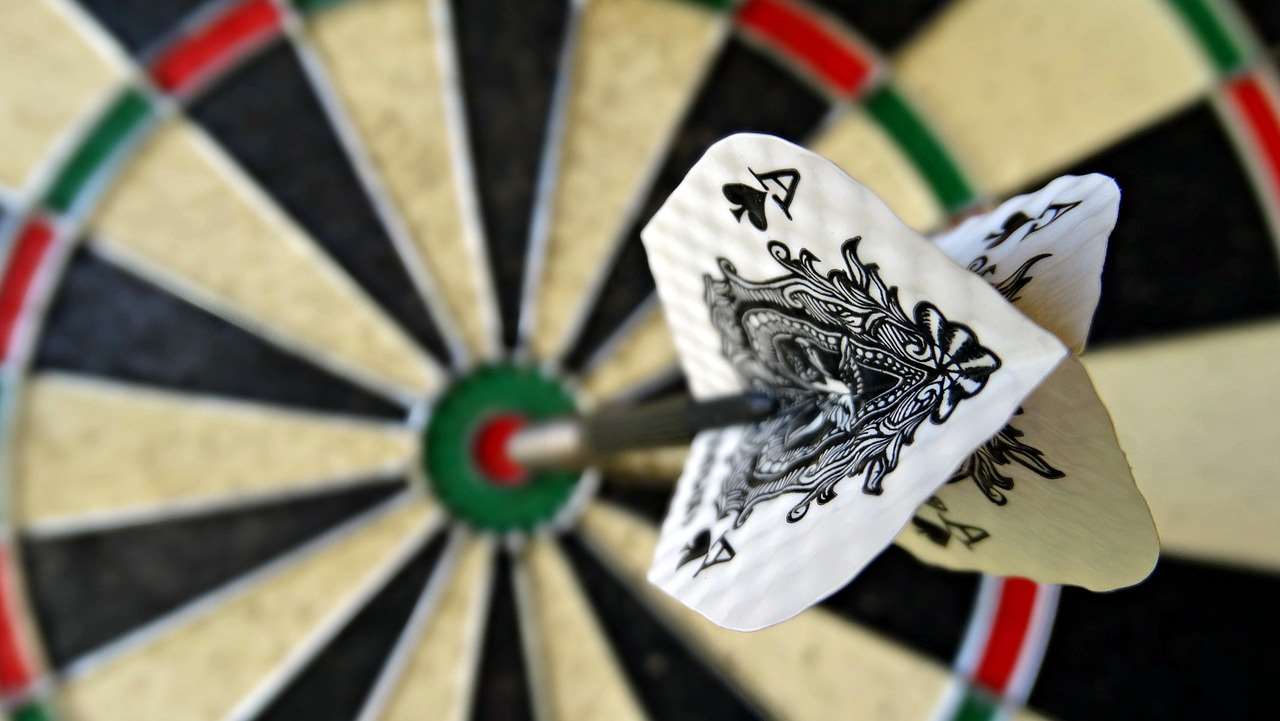
Diaphragmatic Breathing (Belly Breathing)
This is a foundational technique for stress reduction and improved focus. To perform diaphragmatic breathing, lie down on your back with your knees bent. Place one hand on your chest and the other on your stomach. As you inhale deeply through your nose, focus on expanding your belly. Your chest should remain relatively still. Exhale slowly through your mouth, feeling your belly gently contract. Practice this for 5-10 minutes daily. Incorporating this into your warm-up routine before a match can significantly improve your concentration and reduce pre-game anxiety. This is a great technique for those who have previously struggled with breathing for reduced nervousness darts.
Box Breathing
Box breathing is a simple yet highly effective technique for managing stress and improving focus. It involves inhaling for a count of four, holding your breath for a count of four, exhaling for a count of four, and holding your breath again for a count of four. Repeat this cycle several times. This rhythmic breathing pattern can help regulate your heart rate and calm your nervous system, preparing you for the pressure of competition. The rhythmic nature of box breathing can also help to improve your rhythm and timing while throwing.
Alternate Nostril Breathing (Nadi Shodhana)
Alternate nostril breathing, a technique from yoga, helps to balance the energy flow in your body. It is often used for calming the mind and reducing stress. This might prove especially helpful before stepping up to the oche for a crucial throw. To perform this exercise, gently close your right nostril with your right thumb, and inhale deeply through your left nostril. Then, close your left nostril with your right ring finger, release your thumb, and exhale through your right nostril. Inhale through your right nostril, close it, release your ring finger, and exhale through your left. Continue this cycle for 5-10 minutes.
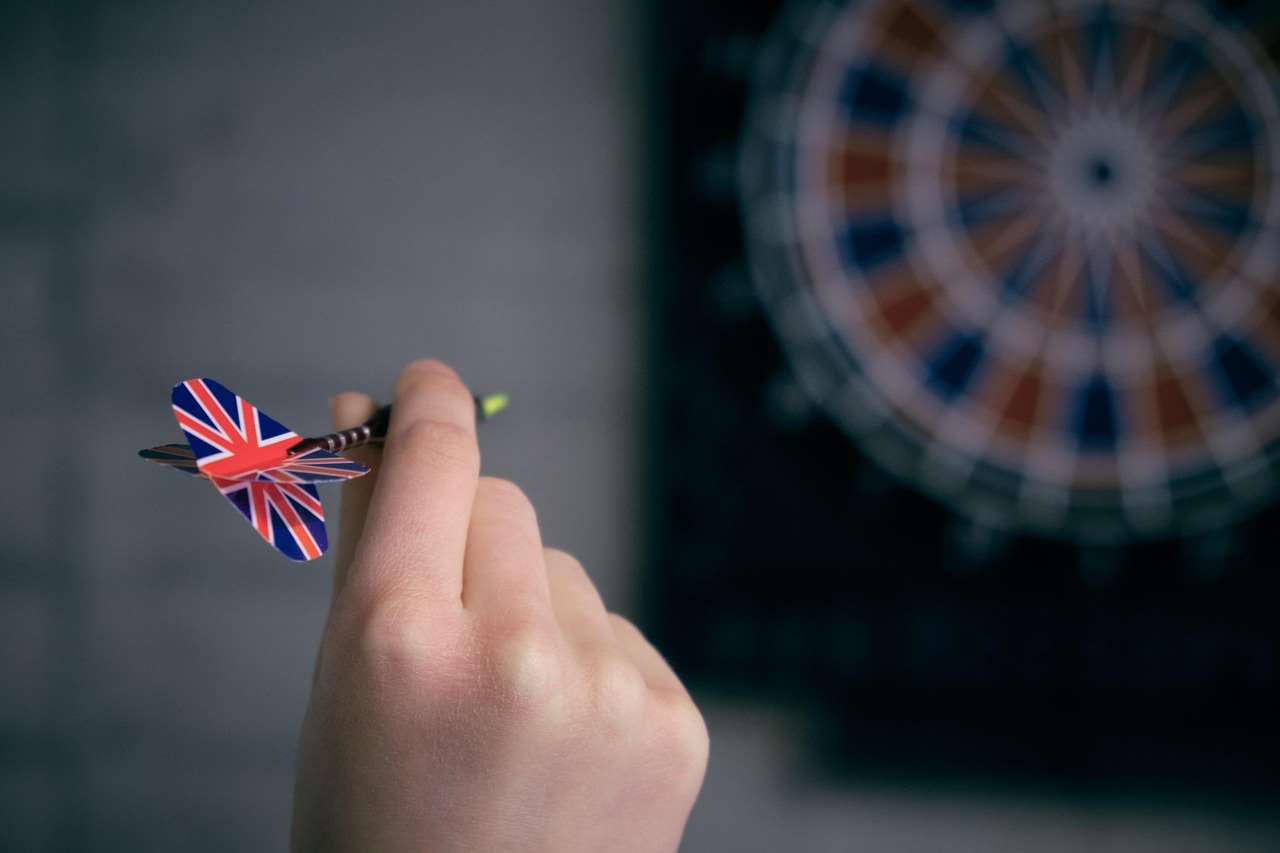
Progressive Muscle Relaxation
This technique combines deep breathing with progressive muscle tension and release. Start by tensing the muscles in your toes, holding for a few seconds, and then releasing. Gradually work your way up your body, tensing and releasing each muscle group as you breathe deeply. This practice not only helps relax your muscles but also reduces overall tension and improves focus. This could be particularly beneficial in addressing tension caused by prolonged periods of play, improving performance during longer matches. The benefits will be especially noticeable if you use this in conjunction with a well-balanced nutrition for long matches plan.
Mindfulness Meditation
Mindfulness meditation involves focusing on your breath and observing your thoughts and feelings without judgment. Even a few minutes of daily practice can significantly improve your focus, stress management skills, and overall mental well-being. To start, simply sit comfortably, close your eyes, and concentrate on the sensation of your breath entering and leaving your body. If your mind wanders, gently redirect your attention back to your breath. Regular mindfulness practice can enhance your ability to stay calm and centered during competition.
Integrating Breathing Exercises into Your Darting Routine
The key to seeing real improvements in your game is to integrate these breathing exercises consistently into your training and match routines. Don’t just practice them occasionally – make them a non-negotiable part of your preparation.
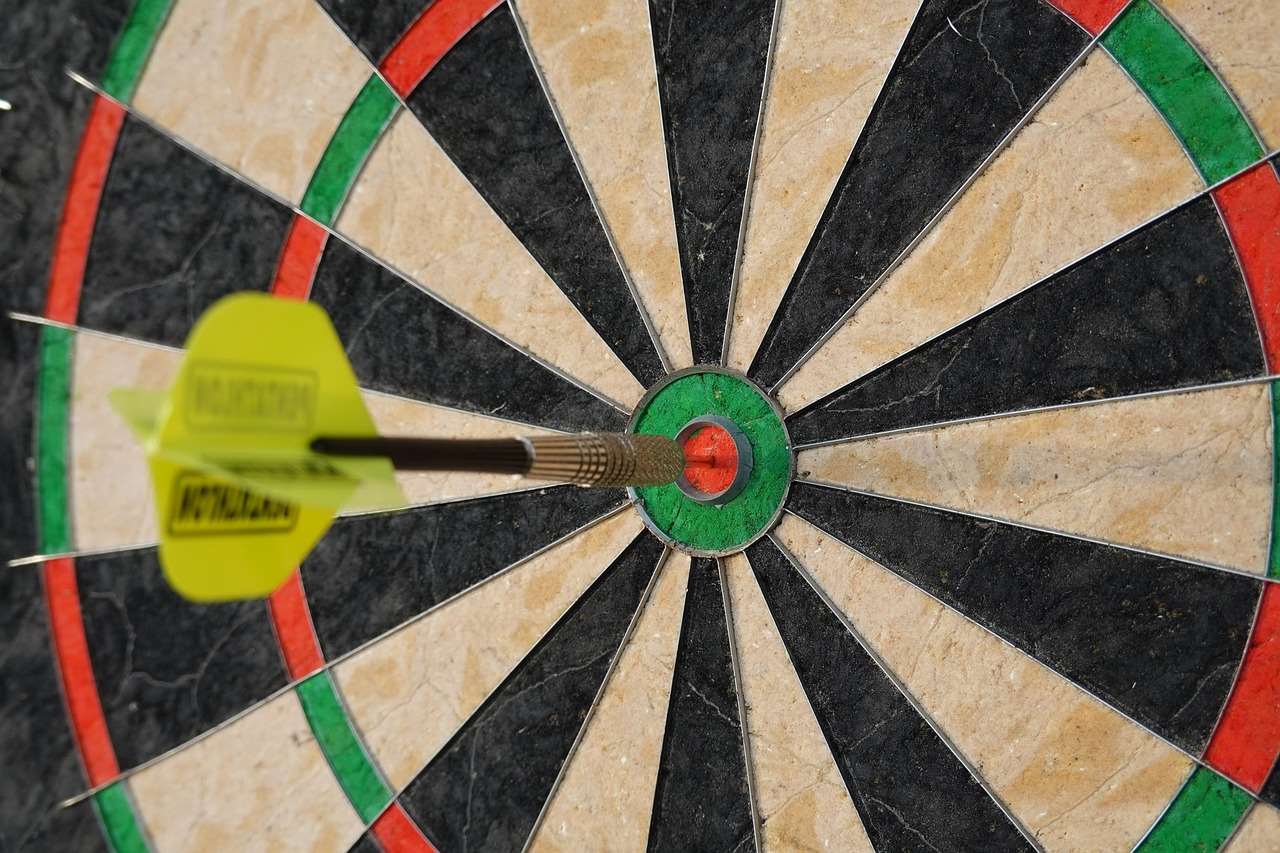
Pre-Game Routine
Incorporate 5-10 minutes of diaphragmatic breathing or box breathing into your pre-game warm-up. This will help calm your nerves, center your focus, and prepare you mentally and physically for the competition. Remember to maintain proper lighting at oche ergonomics for optimal performance.
Between Throws
Use short, controlled breaths between throws to maintain your focus and regulate your heart rate. A quick, deep breath can refresh you and help avoid decision-making fatigue. This is crucial, especially in longer matches, where fitness for multiple matches darts significantly impacts performance.
During Pressure Moments
When facing a challenging moment in a match, take a few slow, deep breaths to regain your composure and refocus your attention. This can help you stay calm, and make more calculated throws.
Understanding the Physiological Benefits
The benefits of these breathing exercises extend beyond mental composure. Proper breathing enhances oxygen intake, which in turn positively impacts your physical performance. Increased oxygen improves muscle function, reduces fatigue, and enhances stamina, helping you maintain your focus and consistency throughout the entire game. This is particularly crucial in competitive environments where maintaining physical and mental energy is essential. Maintaining Darts Fitness Health is vital for overall success.
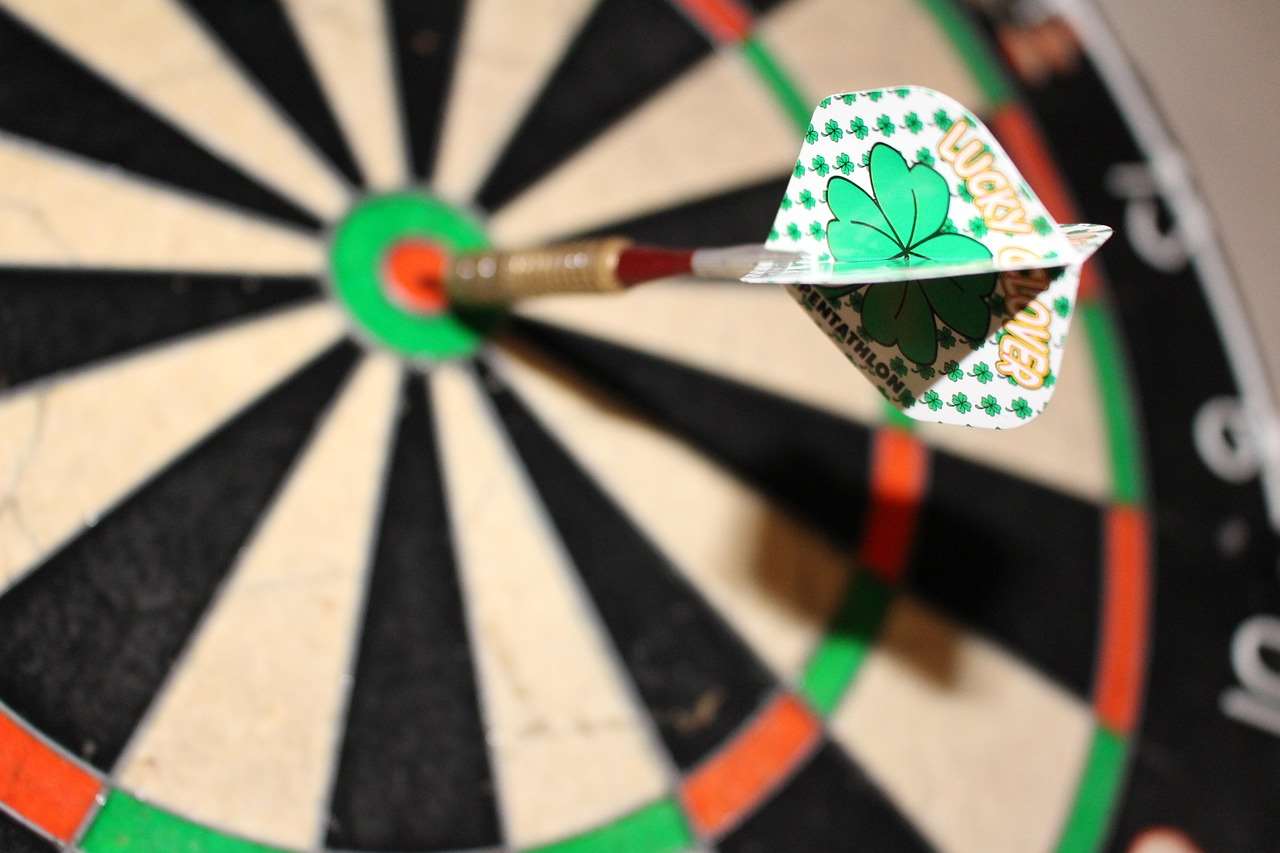
Common Mistakes to Avoid
While breathing exercises are highly beneficial, there are common mistakes to avoid. Holding your breath, for example, leads to increased tension and decreased focus. Similarly, shallow breathing can exacerbate anxiety. Always focus on slow, deep breaths from your diaphragm and avoid rapid, shallow breathing.
Another common mistake is failing to practice regularly. Just like any skill, the benefits of breathing exercises are only realized through consistent practice. Make it a habit to incorporate these exercises into your daily routine, even when you’re not actively playing darts. Consistent practice will improve not just your breathing, but your overall dart performance, significantly improving your training for dart power.
Conclusion
Mastering breathing exercises for competitive darts is a journey, not a destination. By consistently practicing the techniques outlined in this article, you can significantly enhance your focus, control, and overall performance. Remember to incorporate these exercises into your pre-game routine and use them strategically throughout your matches. These breathing exercises will help you manage stress, improve your consistency, and unlock your full potential on the oche. Start practicing today and experience the transformative power of proper breathing on your game! For further information on managing the mental aspects of the game, explore resources on dealing with mental fatigue darts and fitness and anxiety reduction strategies darts.
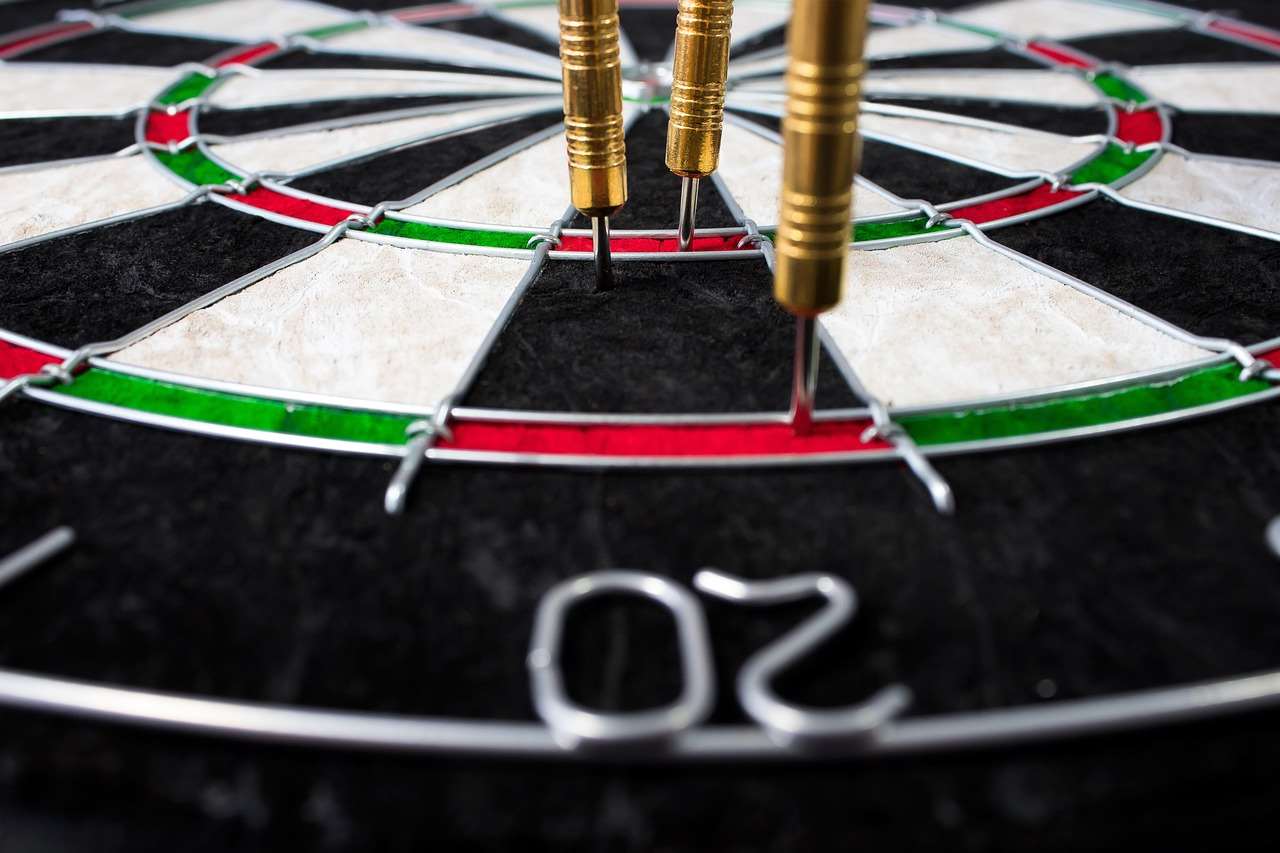
Remember to always consult with a healthcare professional or certified instructor before starting any new exercise program. Their guidance will help ensure that you use these techniques safely and effectively.
Hi, I’m Dieter, and I created Dartcounter (Dartcounterapp.com). My motivation wasn’t being a darts expert – quite the opposite! When I first started playing, I loved the game but found keeping accurate scores and tracking stats difficult and distracting.
I figured I couldn’t be the only one struggling with this. So, I decided to build a solution: an easy-to-use application that everyone, no matter their experience level, could use to manage scoring effortlessly.
My goal for Dartcounter was simple: let the app handle the numbers – the scoring, the averages, the stats, even checkout suggestions – so players could focus purely on their throw and enjoying the game. It began as a way to solve my own beginner’s problem, and I’m thrilled it has grown into a helpful tool for the wider darts community.